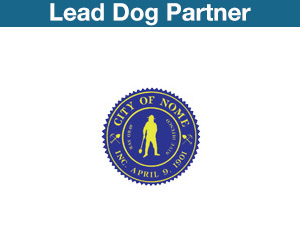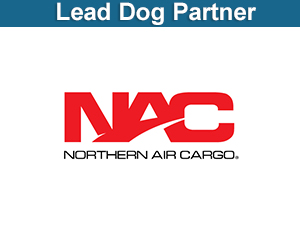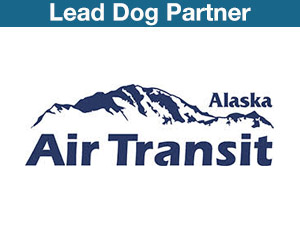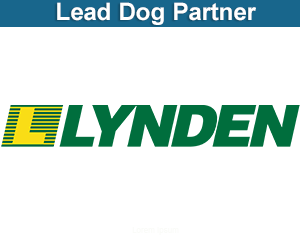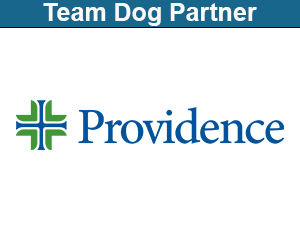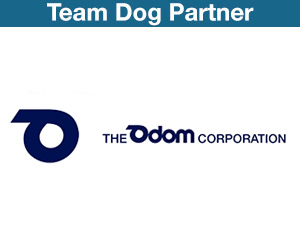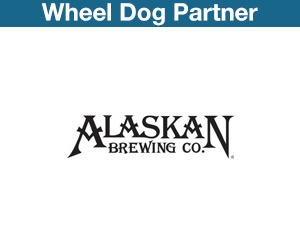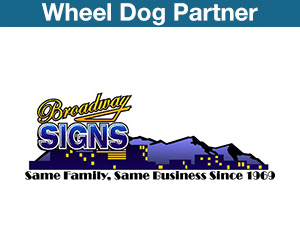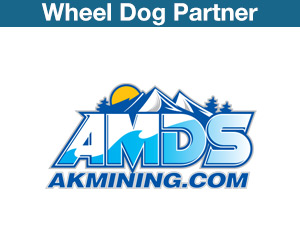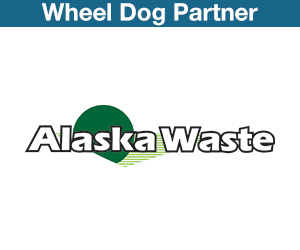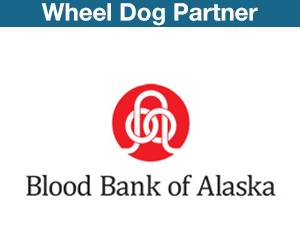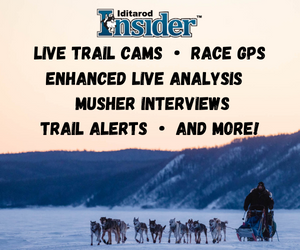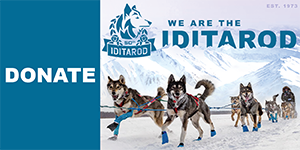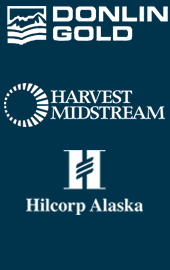
Shaynee Traska dogs are alert at the Takotna checkpoint on Thursday, March 8th during the 2018 Iditarod Sled Dog Race — Alaska
Photo by Jeff Schultz/SchultzPhoto.com (C) 2018 ALL RIGHTS RESERVED
What is a Sled Dog?
What is a sled dog? This question was addressed by the ISDVMA (International Sled Dog Veterinary Medical Association) board of directors at their recent meeting in Germany. The answer seems to be rather obvious, but as with most things in life, it is more complex than a superficial assessment would indicate. The topic came to the forefront when concern was expressed by European organizers in regard to the suitability of certain dogs for participation in mushing events.
The Alaskan Husky is the predominant racing dog in North America. As we all know, this is not an AKC registered breed, although efforts have been made to generally describe what an “Alaskan Husky” is. In Europe, purebreds are typically entered in competition, but separate classes may be provided for Alaskan Huskies. Europeans are facing a problem related to the fact that mongrels of many types are being called “Alaskan Huskies” to establish their eligibility. As a result, race organizers and officials are troubled by the possibility that a percentage of these dogs may not be suited for competition and subject to a substantially greater risk of illness or injury.
It was appropriate that the ISDVMA addressed this issue in a timely fashion. Rather than entering an endless debate as to what an “Alaskan Husky” is, it was more prudent that a definition of “sled dog” be established for competition purposes. From the standpoint of health care, any dog that meets certain criteria can be considered capable of participating safely. Within this framework, individual races may have the jurisdiction to determine appropriate classes for competition.
The Definition Adopted by the ISDVMA Board of Directors
Any dog entered in a competitive pulling event must fulfill certain criteria to be considered a “sled dog,” and therefore, be eligible to participate. Such “sled dog” must:
- Demonstrate a willingness to be harnessed and desire to participate in the activity for which it is harnessed.
- Be adequately trained and conditioned for such activity as established by participation in prior events or by demonstration of an appropriate training and conditioning program as determined by knowledgeable race officials, including the race marshal, race judge(s) and race veterinarian(s).
- Be vaccinated and dewormed as required by event rules.
- Be capable of withstanding environmental extremes as deemed appropriate by knowledgeable race officials.
- Pass a pre-race physical exam by a veterinarian who has specific training and knowledge applicable to sled dogs. Such an examination will include evaluation of the following health parameters, based on the established ISDVMA endorsed protocol:

Volunteer veterinarian Jennifer Pearson examines a Nick Petit dog at the Kaltag checkpoint on Saturday March 9th during the 2019 Iditarod Trail Sled Dog Race.
Photo by Jeff Schultz/ (C) 2019 ALL RIGHTS RESERVED
The dogs are priority #1!
The Iditarod Trail Committee (ITC) takes great pride in its role of providing excellence in dog care, not only during the race, but through an extensive program of pre-race veterinary screening. The result of these efforts is a level of screening and health care that an overwhelming majority of the human population will never experience! Consider the following:
- Within 30 days of the race start, each dog receives an ECG evaluation to check for heart abnormalities. In conjunction with this, pre-race blood tests (CBC’s/Chemistry Panels) are performed. All dogs must have a microchip implant at this time.
- A complete pre-race physical examination is performed on each dog by a licensed veterinarian within 14 days of the race start. Vaccinations must be current.
- All dogs are required to be dewormed within 10 days of the race start, using medication provided through the ITC.
- Before entering the Iditarod, a musher must complete approved qualifying races. Generally, it takes a minimum of two years to prepare for the experience as it simply is not possible for someone to participate in the Iditarod without having made a substantial investment of time and effort in coming to understand the intricacies of how to properly manage and care for their dogs. In other words, mushers possess real life experience in providing the proper care (nutrition, hydration, rest, etc.) for their teams.
- In addition to the high standard of care provided by the mushers themselves, more than forty licensed veterinarians volunteer their time on the trail to perform routine evaluations and administer any necessary treatments. During the race, well over 10,000 routine checkpoint veterinary examinations take place.
- Dog Team Diaries, also referred to as “Vet Books,” are carried by each musher. Mushers present them to a veterinarian at each checkpoint, with the purpose of serving as a written medical record for every dog in the race. They are important communication tools.
- The International Sled Dog Veterinary Medical Association (I.S.D.V.M.A.) publishes The Musher and Veterinary Handbook, a highly regarded resource that provides important information for mushers and veterinarians. As an organization consisting primarily of medical professionals with an interest in and/or experience in working with sled dogs, the I.S.D.V.M.A. actively promotes and encourages their welfare and safety. Many members of the organization have served as trail veterinarians during the Iditarod itself.
- The I.S.D.V.M.A. also supports and encourages scientific research to further a better understanding of the racing sled dog.
- As in other high profile athletic events, random drug testing is conducted. Urine samples are collected at the start, finish and throughout the race.
- Race policies and rules are written with the greatest emphasis on the proper care and treatment of the dogs. Any musher found guilty of inhumane treatment would be disqualified and banned from competition in future Iditarods.
Paperwork Regarding Dog Care and Returned Dogs (required for all mushers)
- DOG CARE AGREEMENT
Must be signed by a veterinarian from either Anchorage, Wasilla, Palmer or Big Lake. Due prior to food drop. - LOCAL CONTACT FORMS 1 and 2
Both must be filled out by two different contacts. And must be signed by the local contact and the musher. Due prior to food drop. - LETTER TO VETERINARIANS FROM DR. NELSON (signature letter)
This needs to be signed by the veterinarian that does the pre-race veterinary checkup. Due by date of Official Pre-Race Veterinary Check. - PRE-RACE EXAM FORM
Due by date of Official Pre-Race Veterinary Check. There are 20 copies needed. - MICROCHIP IDENTIFICATION SHEET
This manual was created to help answer any questions competing mushers have about the drug testing program. It includes the following topics related to the drug testing program: an overview of the program, procedures for drug testing violation prevention, guidelines for banned performance enhancing substances, custody protocols for a drug testing sample, laboratory test results and protocols for a drug testing violation.
The purpose of the drug testing program in the Iditarod Trail Sled Dog Race is to ensure a fair and level competition for all teams with the utmost importance put on maintaining the health and safety of the canine athletes that compete.
This manual outlines procedures for the care of the ‘returned dogs’. A dog may be “returned” from the race for a variety of reasons. Returned dogs are monitored continuously by the veterinary staff, including routine re-evaluations after their return to Anchorage. Any dog needing follow up veterinary care (very few of those that are returned from teams do) is transported to an appropriate facility before being released from the ITC veterinary staff.
Article Sections on Dog Health and Wellness
 |
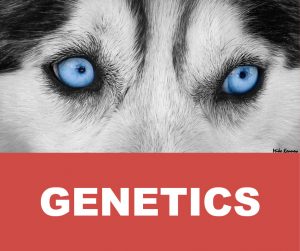 |
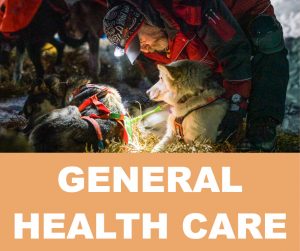 |
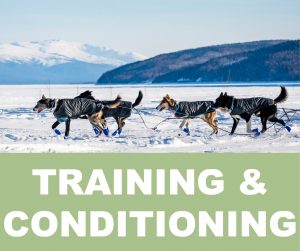 |







